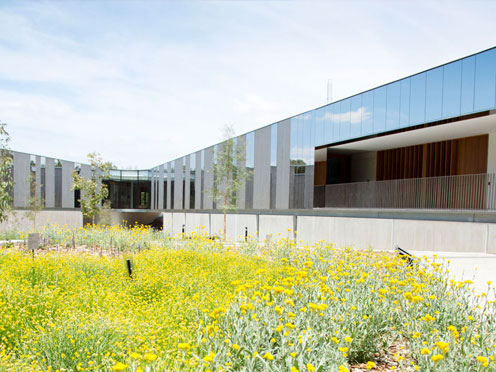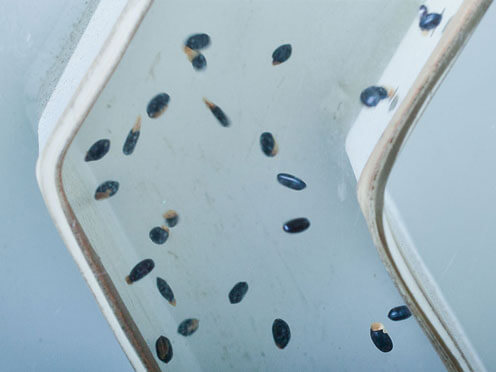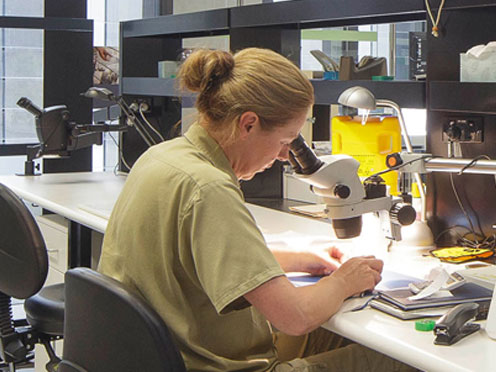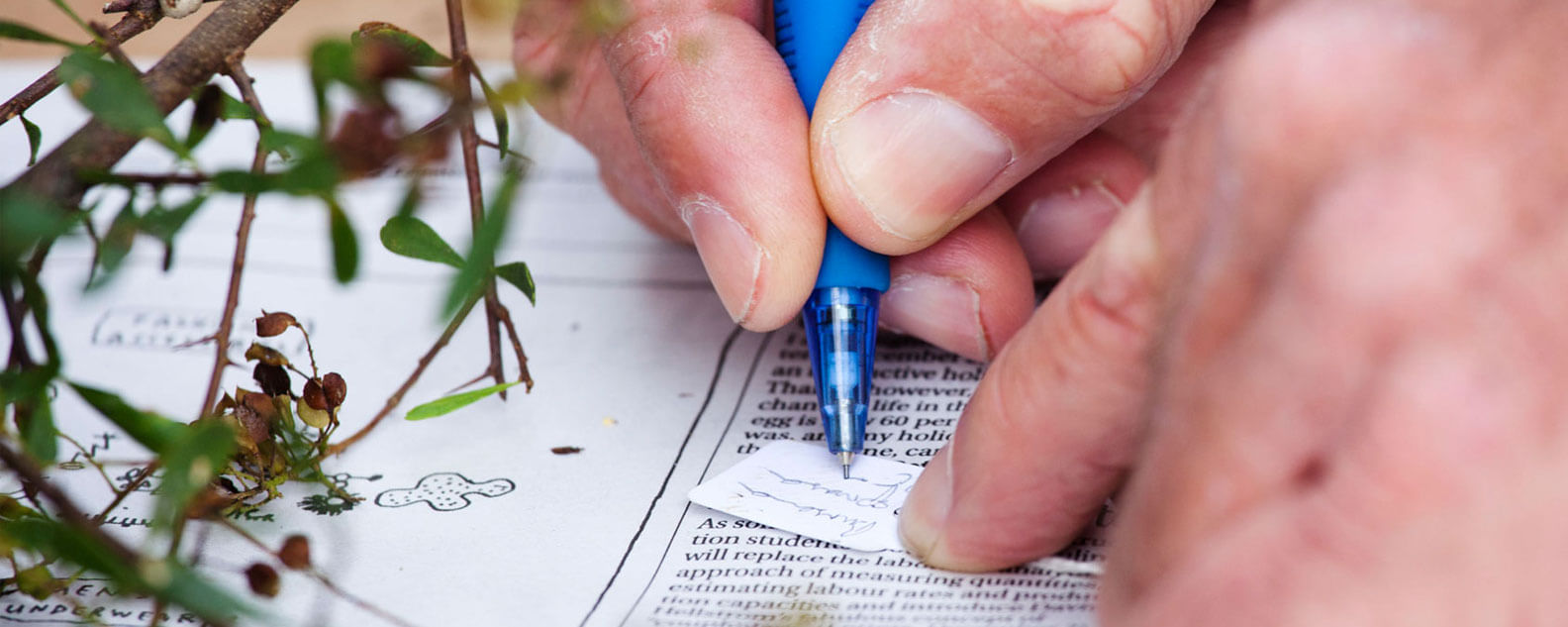Seeds come in many shapes and sizes and inside each one is a tiny embryo, containing all the genetic information required to grow a new plant.
Seeds must be carefully prepared for their time in the seedbank
Seed-bearing fruits are dried and their seeds are removed and cleaned to ensure that only high-quality seeds are kept - free from insects and impurities. The dry and cool conditions in the seedbank ensure that seeds remain in a state of ‘suspended animation’ with minimal metabolic activity for years to come.
Some plants produce seeds that are not suitable for seedbanking
Others plants do not produce seed at all! An alternative way to conserve these species is to culture and bank their tissues via tissue culture or cryostorage. These techniques are useful for conserving very rare species and species that are difficult to grow, such as Australian ground orchids.
Seed banking involves collecting and storing seed from plants so there’s an alternative source of genetic material, whether as an insurance policy against extinction or as a source of high-quality material for the restoration of habitats.
LESLEY PARKER, AUSTRALIAN GEOGRAPHIC
Seed collection: past, present and future
The Botanic Gardens Sydney has always had a role in the collection, storage and use of seeds of Australian plant species. In the 1980s, seed collection programs increased with the development of the Blue Mountains Botanic Garden Mount Tomah and the Australian Botanic Garden Mount Annan.
The NSW Seedbank was expanded in 1999, with larger cold storage facilities and installation of a drying room. Our partnership with the Millennium Seed Bank began in 2003, providing funds to collect 250 species a year leading up to 2010 as well as enhancing our technical expertise and facilities. Read about the NSW Seedbank in this Australian Geographic story from 2010. The Australian PlantBank was built in 2013 at a cost of $19.8 million; the NSW state government contributed $15.5 million and the remainder was donated by the Foundation and Friends of the Botanic Gardens, the Ian Potter Foundation, HSBC Bank Australia, BHP Billiton Illawarra Coal, TransGrid, John T Reid Charitable Trusts, Corrs Chambers Westgarth lawyers, Arcadia, Bloomberg and many generous individuals. The award-winning architectural design team for PlantBank was lead by BVN Donovan Hill. Gardening Australia's Angus Stewart visited the Australian PlantBank soon after it opened in 2014, giving viewers an insight into the importance of seedbanking and what visitors experience at PlantBank. PlantBank is an international centre for plant research and learning, incorporating the largest native plant conservation seedbank in Australia. Like the National Herbarium of New South Wales, the Australian PlantBank forms a living reference collection for identification, research and restoration. Visitors can immerse themselves in the workings of our scientists by seeing into the laboratories aided by award-winning interpretation. As well as storing millions of seeds, PlantBank staff contribute to the conservation, research and restoration of threatened species and plant communities through our partnerships in Australia and overseas.



